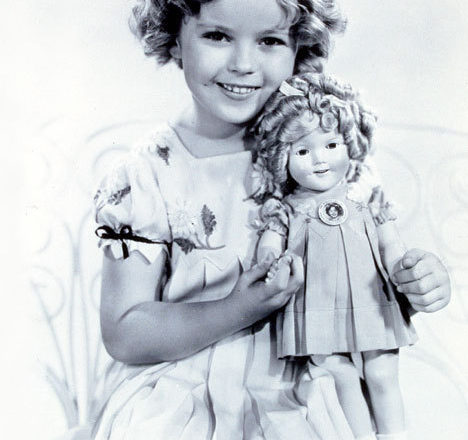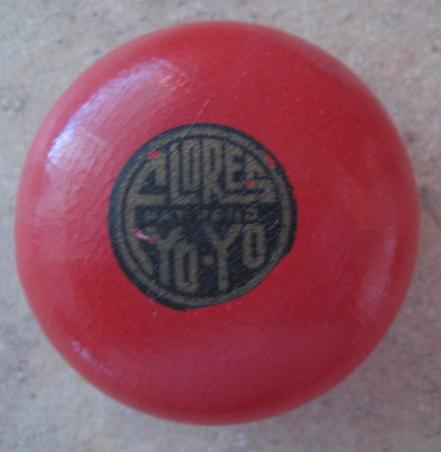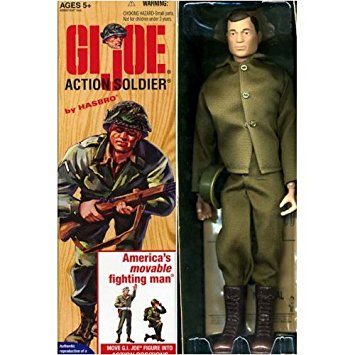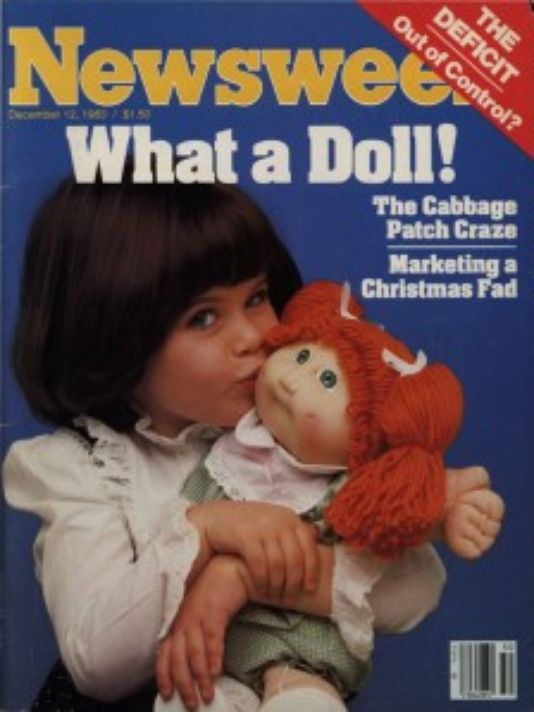By the Numbers: Christmas Toys
- Share
- Tweet
- Pin
- Share

Remember Teddy Ruxpin, the animatronic toy that was the hit of the 1985-86 Christmas season? Teddy became an overnight sensation when introduced in September 1985, but today that toy is as forgotten the toys on the Island of Misfit Toys in the stop-motion 1964 Christmas classic Rudolph the Red-Nosed Reindeer. Below we look at some of the toy sensations of past holiday seasons.
1910
Meet the Teddy Bear. The teddy bear was born after President Theodore Roosevelt refused to shoot a tied-up black bear during a hunting trip. Political cartoonists went to work on the story of Teddy and the bear. One of those cartoons inspired a Brooklyn shopkeeper to make a stuffed fabric “Teddy’s Bear” and put it in his shop window. A perennial favorite childhood companion was born. Also popular in this time frame were erector sets and Lionel trains.
1928
 It was the year of the Yo-Yo. A Filipino by the name of Pedro Flores began manufacturing the toys in the U.S., using the Filipino name for them. Flores eventually sold his company to Don Duncan, who used marketing promotions such as Yo-Yo trick contests to even further promote the simple toy. Also popular during this time – Raggedy Ann dolls and Tinker Toys.
It was the year of the Yo-Yo. A Filipino by the name of Pedro Flores began manufacturing the toys in the U.S., using the Filipino name for them. Flores eventually sold his company to Don Duncan, who used marketing promotions such as Yo-Yo trick contests to even further promote the simple toy. Also popular during this time – Raggedy Ann dolls and Tinker Toys.
1934
This was the year the Ideal Toy and Novelty Co. began making dolls based on child star Shirley Temple, who at the age of 6 had already made about 20 movies. The Red Ryder BB gun and the board game Monopoly were also popular at this time.
1945
The Slinky debuted this year. It was the idea of mechanical engineer Richard James, who was amazed to see the reaction of ship springs he accidentally knocked over – instead of falling, the springs walked. He came up with a machine to turn 80 feet of wire into a two-inch spiral and launched one of the most popular toys in history. Also popular at the time – Silly Putty and LEGO.
1952
Mr. Potato Head made his debut. The first issue of Mr. Potato Head included 28 plastic facial and body parts that could be attached to a Styrofoam head. The next year it became the first toy with its own TV commercial, generating more than $4 million in sales. The 1950s was a golden era for kids and toys, which included the issuance of Barbie, the Hula Hoop, Play-Doh and Tonka trucks.
1960s
 “G.I. Joe, G.I. Joe, fighting man from head to toe!” Yes, Hasbro’s G.I. Joe stole the show as a boy’s action figure. Also popular in this decade – Etch-a-Sketch, Easy Bake Oven and Creepy Crawlers (or Thingmakers).
“G.I. Joe, G.I. Joe, fighting man from head to toe!” Yes, Hasbro’s G.I. Joe stole the show as a boy’s action figure. Also popular in this decade – Etch-a-Sketch, Easy Bake Oven and Creepy Crawlers (or Thingmakers).
1978
The debut of Star Wars action figures. Kenner Toy Company actually began selling the figures Christmas of 1977, even though they had not begun production. Instead, children unwrapped vouchers for the release in spring of 1978. NERF balls and Speak and Spell were also popular toys during this period.
1983
 This was the year of the Cabbage Patch riots, with people fighting each other and with store owners in order to “adopt” a Cabbage Patch doll. Stores would sell out in moments to what store owners described as “crazed maniacs” fighting for a doll. There were reports of fisticuffs and broken bones suffered in trying to buy a doll for the 1983 Christmas season. There were also reports of black market Cabbage Dolls selling for 10 times their $25 retail price. Toymaker Coleco made $2.5 billion in retail sales of the dolls in 1983-84. As Coleco tried to ride the wave of Cabbage Patch popularity with costly video and computer game ventures, it went bankrupt in 1988. Parents not interested in dealing with mobs seeking Cabbage Patch dolls might have made their children happy with other popular toys of the time, including Transformers, Rubik’s Cube and the Koosh ball.
This was the year of the Cabbage Patch riots, with people fighting each other and with store owners in order to “adopt” a Cabbage Patch doll. Stores would sell out in moments to what store owners described as “crazed maniacs” fighting for a doll. There were reports of fisticuffs and broken bones suffered in trying to buy a doll for the 1983 Christmas season. There were also reports of black market Cabbage Dolls selling for 10 times their $25 retail price. Toymaker Coleco made $2.5 billion in retail sales of the dolls in 1983-84. As Coleco tried to ride the wave of Cabbage Patch popularity with costly video and computer game ventures, it went bankrupt in 1988. Parents not interested in dealing with mobs seeking Cabbage Patch dolls might have made their children happy with other popular toys of the time, including Transformers, Rubik’s Cube and the Koosh ball.
1996
At least parents this year had a double-whammy of hot toys to choose from – Tickle-Me Elmo and Beanie Babies. The squeezable, giggling Elmo toy caused Cabbage Patch Kid-style riots. Same story with Beanie Babies, which had respectable sales up until 1996 when toymaker H. Ty Warner decided to retire certain models, which turned them into must-have items. For parents who wanted to avoid either toy, there was also Furby and Nintendo Game Boy.
Source: history.com



